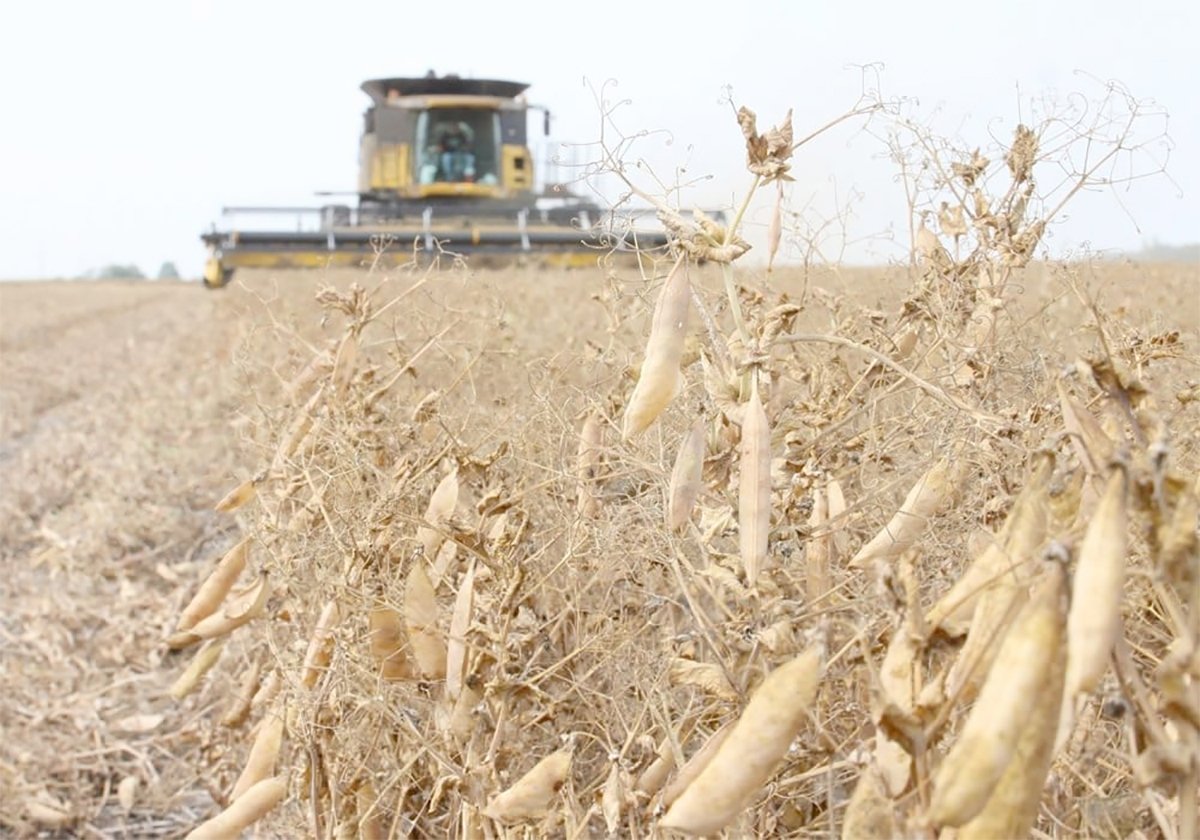Geese, swallows play role | Livestock was assumed to be the source but study also found other contributors
Lisa Tymensen likens her job to that of technicians on television’s CSI: Crime Scene Investigation who trace evidence to find criminals.
She traces evidence to find out who pooped in the water.
Tymensen is a water research scientist with Alberta Agriculture who was tasked with finding the source of a problem on the Writing-on-Stone Provincial Park beach.
“My job with Alberta Agriculture is a little bit like a crime scene investigator. I use the same techniques but rather than try to find out who is the criminal … I use these techniques to find out the identity of animals or humans that are responsible for fecal contamination.”
Read Also

Chinese, Indian tariffs take toll on pea prices
The disruption of pea exports from Canada’s largest customers will likely result in slow pea exports for the remainder of the crop year.
The park beach has had several high fecal coliform advisories in past years and the contaminants are a risk to human health. The source had to be found in order to fix the problem.
Livestock was immediately suggested as the source of contamination, Tymensen told those at the Jan. 14 manure management update in Lethbridge.
However, people, dogs, deer, elk, antelope, geese, swallows, wading birds, horses, sheep, pigs and chickens also frequent the potential source area along the Milk River.
Tymensen and her team narrowed the field of culprits to cattle, geese and cliff swallows. Combined levels from geese and swallows were roughly equivalent to that of cattle, she said. Research also determined the existence of naturalized E. coli, which can survive and grow in the environment.
“The old school of thinking is that E. coli is really a gut bacteria, it’s a good fecal indicator. It’s only been recently that we’ve started to realize that this is a bacterium that in some cases … we can actually see replication (of) in the environment.”
Tymensen said this type of bacteria has also been found on beaches in the Great Lakes.
Naturalized E. coli could lead to overestimation of fecal contamination in water if it is assumed to be only gut bacteria. Tymensen said cattle, geese and cliff swallows could be reservoirs for naturalized E. coli and further study is needed.
Determining the source of fecal contamination helps guide water quality improvements and protects human health.















